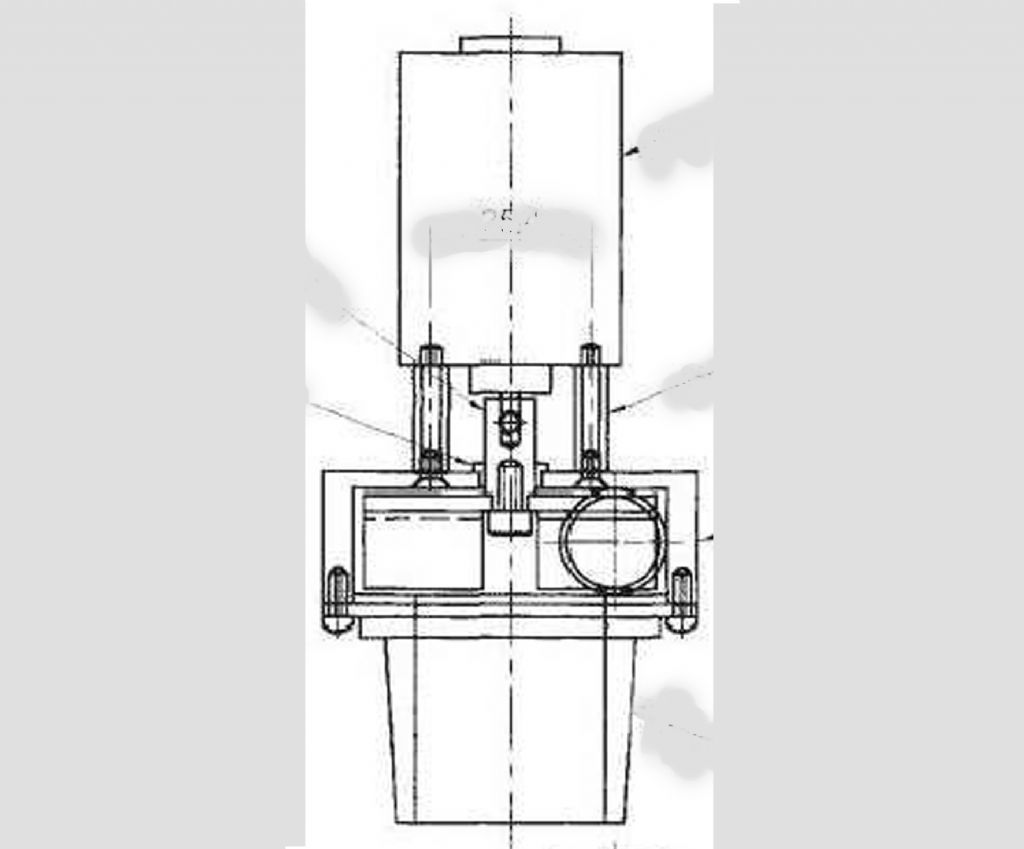Just some theoretical observations about motor impellers that might avoid a really unlucky selection!
Most impellers help cool the motor without putting a significant load on it, ie most of the motor's output is still available on the shaft, not absorbed moving air. While it's reasonable to use impellers as a fan they won't shift air efficiently – too small, and generally crudely made. A table fan has whacking big aerofoil blades on the front while the motor inside cooled by a tiny impeller made of bent metal at the back.
Some electric motors, like the Universal type, can run away off-load and damage themselves. On these the impeller may be made deliberately inefficient so that it absorbs enough power at high speed to stop the motor running away. This type of impeller might disappoint in a blower.
Fans work more efficiently at high-speed rather than low, but the blade design becomes more critical. They're better at moving large volumes of low pressure air rather than creating a vacuum or compressing air. Efficiency goes to pot when either the input or output is constricted. So a top-notch design optimises the blade, motor power, rpm, volume, and pressure differential.
But for steam raising, I don't think fan efficiency matters much, and it might even be bad – too powerful a blower might cool the fire so much it goes out or lift loose fuel out of the firebox before it's delivered heat.
As electric blowers have generally been doing a good job on steam locos for donkey's years I don't think their design is critical, but the above might explain occasional failures and why some blowers outperform others.
Wild guess on my part, but I suggest:
- An aerodynamic ran running with its tips close to the casing.
- Fan speed close to it's design rpm, with the facility for the operator to adjust speed for best results.
- Flared top on the outlet.
- An inlet tube long enough to allow an adjustable air-intake near the smoke box and away from the fan. Purpose to allow the operator to bleed air into the system so the fan has enough to bite on. Rather than relying on the fan struggling against back-pressure to pull a vacuum, it would allow the operator to create an updraft, or not, for best results.
Probably all been tried already, a hundred years ago!
Dave
Bill Dawes.






